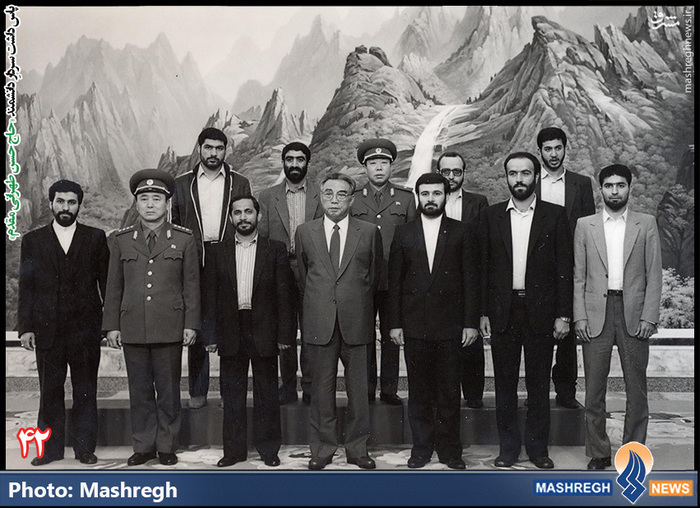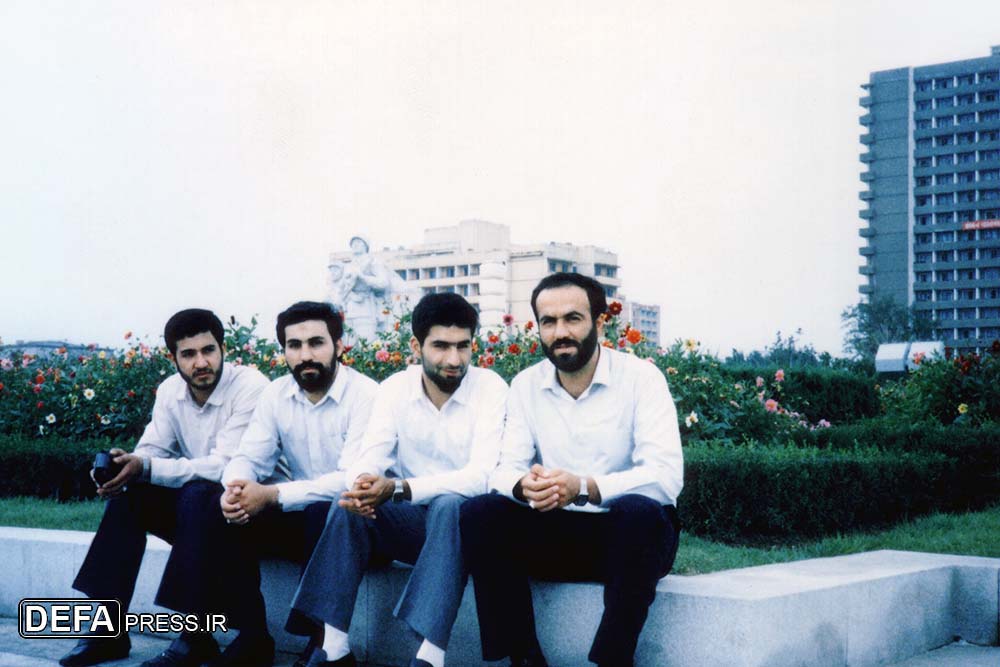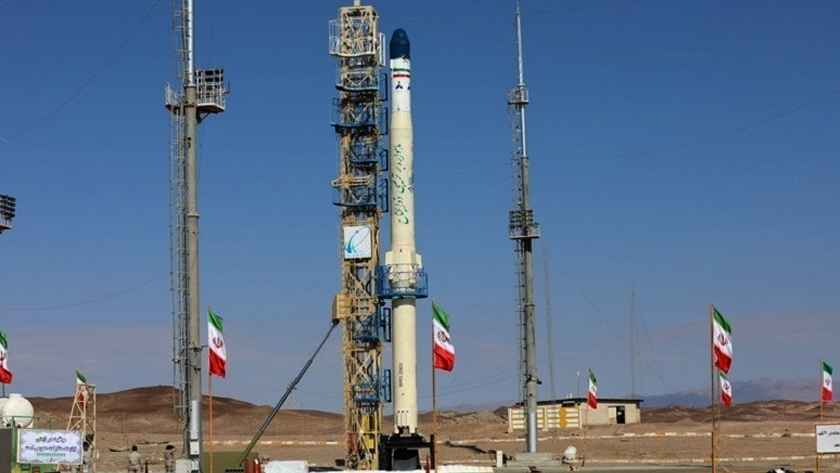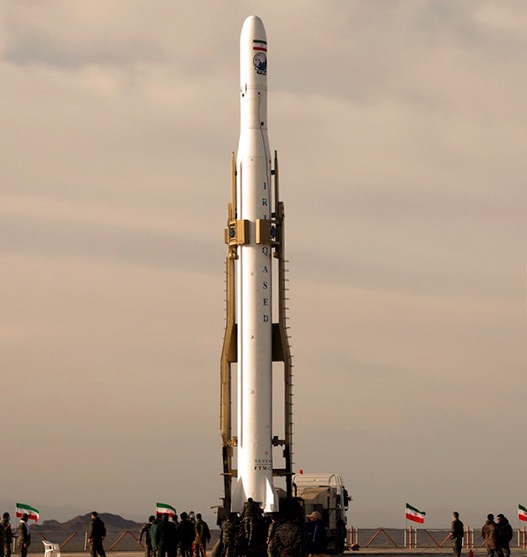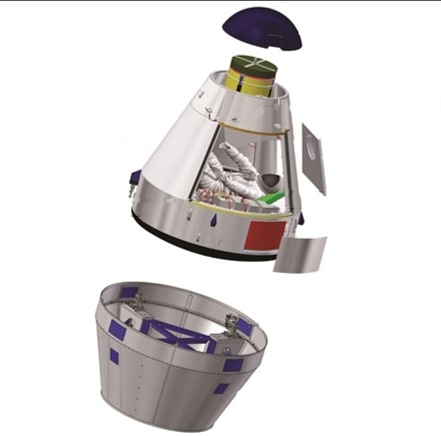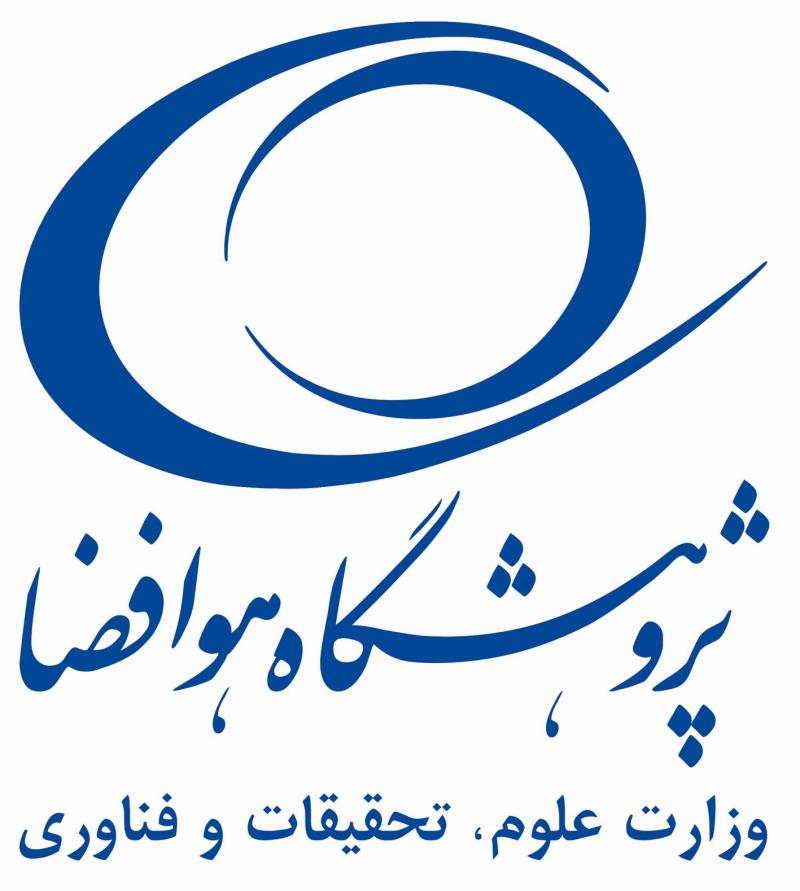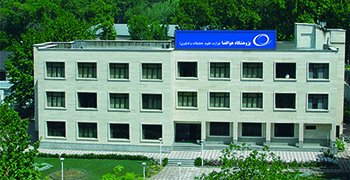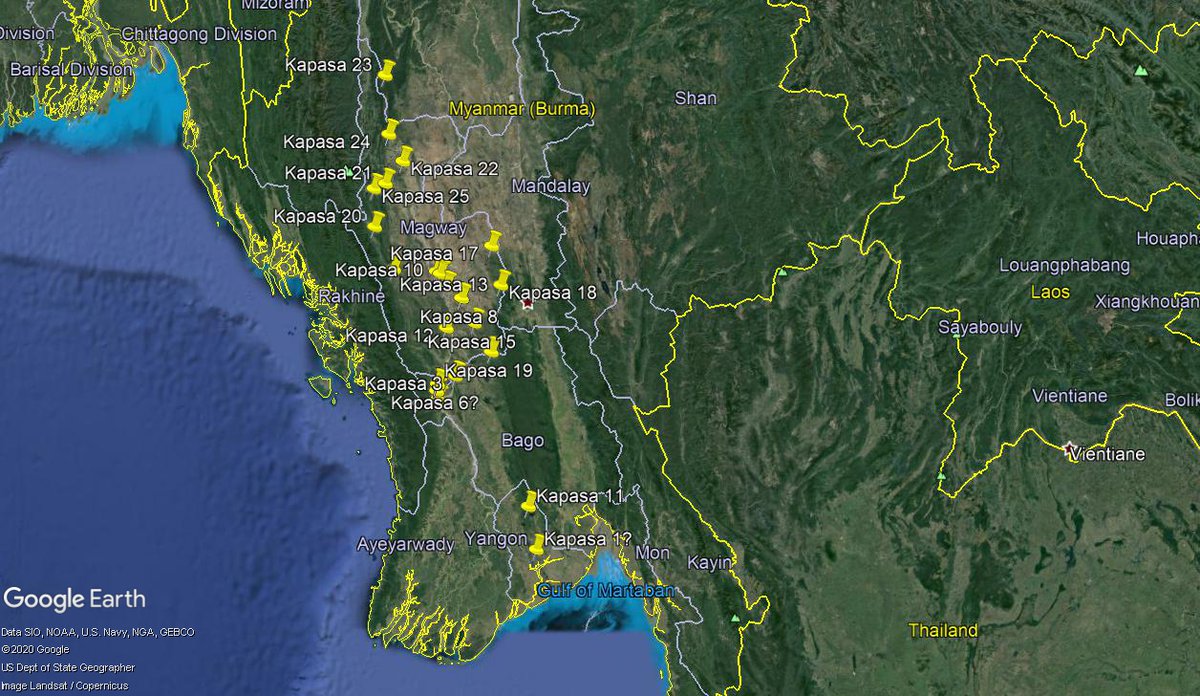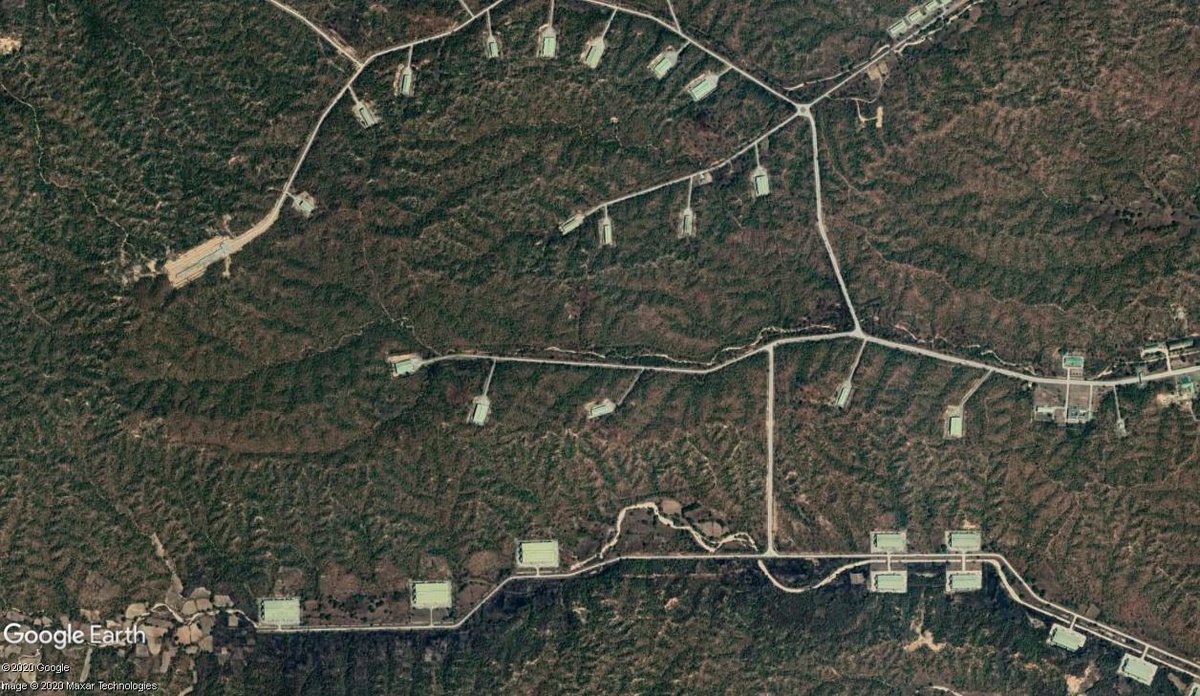
Talking about fatwas and nonpro, there is actually an interesting parallel in the missile field.
In the 1980s Aytollah Khomeini ruled that deliberate attacks on civilian were forbidden. However, when the Iraqi aerial attacks on Iranian cities started to become unbearable the rulings were modified.
Deliberate attacks on cities were now allowed if they remained limited and only served only to deter further attacks through 'retaliation in kind' allowing the shelling of Basra and Scud attacks on Baghdad in retaliation for Iraqi aerial attacks.
Whether the new rules were always strictly followed is another issue. Rafsanjani stated that some Scud strikes were aimed at deterring Iraqi strikes against the oil industry and others aimed at lifting the spirit of Iranian troops.
However, it shows that these things are not set in stone but can be adjusted pragmatically.
• • •
Missing some Tweet in this thread? You can try to
force a refresh

